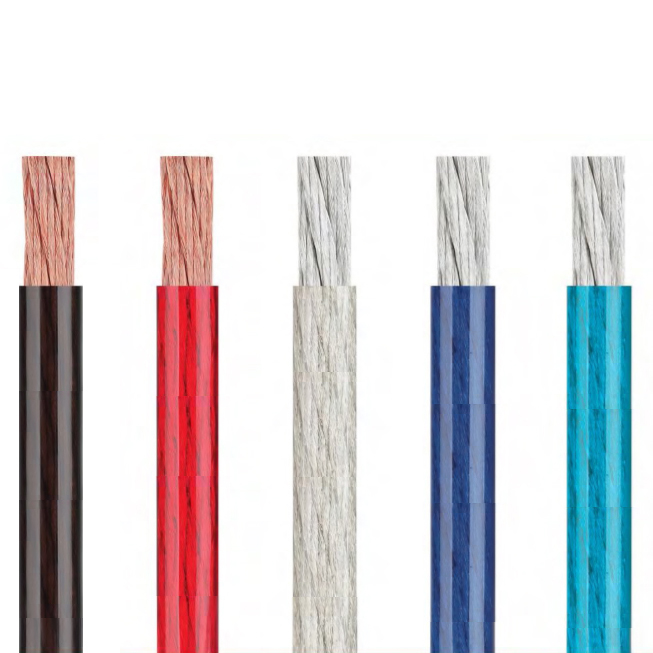The specific installation requirements or considerations when using clear power cables
2023-10-16
Using clear power cables may require some installation considerations and precautions, similar to those for standard power cables. These considerations help ensure safe and reliable operation while preserving the aesthetic and visual appeal of clear cables. Here are some specific installation requirements and considerations:
1. Proper Handling: Handle clear power cables with care to prevent scratches, kinks, or other physical damage to the transparent or semi-transparent insulation. Avoid sharp objects and abrasive surfaces during installation.
2. Bending Radius: Be mindful of the cable's minimum bending radius. Excessive bending can damage the cable and affect its electrical performance. Refer to the manufacturer's specifications for guidance on bending radius.
3. Secure Mounting: Securely mount clear power cables to prevent excessive movement, vibration, or strain on the cable. Cable clamps, ties, or appropriate cable management systems can help maintain cable integrity.
4. Avoid Sharp Edges: Ensure that there are no sharp or abrasive edges near the cable's path that could abrade or cut into the insulation. Clear cables are often used for their visual appeal, so maintaining their appearance is important.
5. Environmental Considerations: Assess the operating environment and select clear power cables with insulation materials suitable for the conditions. For outdoor or harsh environments, UV-resistant and weatherproof clear cables may be required.
6. Cable Length: Measure and plan for the appropriate cable length to avoid excessive tension or slack. Cable slack should be properly managed to prevent tripping hazards or interference with moving parts.
7. Compatibility: Confirm that connectors and receptacles are compatible with the clear power cable's design and size. Ensure proper fit and secure connections to prevent electrical issues or accidental disconnections.
8. Labeling and Identification: Clearly label or mark both ends of the clear power cable to indicate its purpose, voltage, and any relevant safety information. Proper labeling helps with identification and maintenance.
9. Safety Codes and Standards: Comply with local electrical codes and safety standards when installing clear power cables. Adhering to these regulations is essential for safety and code compliance.
10. Grounding: Ensure that grounding requirements are met according to local electrical codes. Proper grounding is essential for electrical safety and performance.
11. Maintenance Access: Consider future maintenance needs when routing and securing clear power cables. Providing easy access to cables for inspections or replacements can help avoid disruptions.
12. Cable Protection: In areas where the cable may be subject to physical damage, consider using cable protectors, conduit, or raceways to shield the clear power cables from potential hazards.
13. Cable Routing: Plan the routing of clear power cables carefully to minimize interference with other equipment, structures, or cables. Avoid crossing clear power cables with data or signal cables to prevent interference.
14. Consult Manufacturer Guidelines: Follow any specific installation guidelines provided by the manufacturer of the clear power cables to ensure proper installation and performance.
Clear power cables are often chosen for their aesthetic appeal, and careful installation practices help maintain their appearance and performance while meeting safety and functionality requirements. Consulting with cable manufacturers or installation professionals with experience working with clear cables can provide valuable insights for specific installation considerations.



